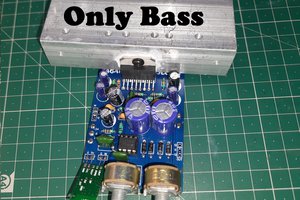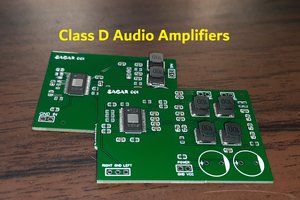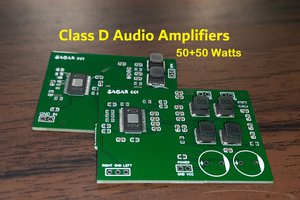I am here with my own Class D amplifier as promised in the last articles. Because Class D amplifiers are used in audio equipment’s on large scale. So, I tried to design myself to understand the working principle and classification of integrated circuits used in Class D. As mentioned in previous article I am using breadboard compatible IC shield to try different components. I have TPA3118 series IC which can output a maximum of 60watt in bridge mode. You can also use this in stereo mode to output 30 watts per channel. Here I am sharing the datasheet with you.
TPA3118D2 and family:
The TPA31xxD2 series are stereo efficient, digital amplifier power stage for driving speakers up to 100 W / 2 Ω in mono. The high efficiency of the TPA3130D2 allows it to do 2 × 15 W without external heat sink on a single layer PCB. The TPA3118D2 can even run 2 × 30 W / 8 Ω without heat sink on a dual layer PCB. If even higher power is needed the TPA3116D2 does 2 × 50 W / 4 Ω with a small heat-sink attached to its top side Power PAD. All three devices share the same footprint enabling a single PCB to be used across different power levels.
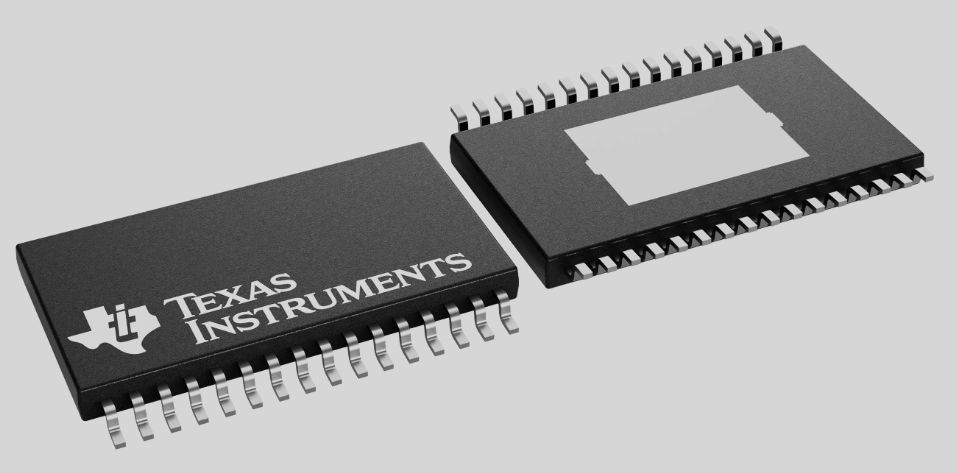
Features
- 2 × 30W Into an 8-Ω BTL Load at 24 V (TPA3118D2)
- Wide Voltage Range: 4.5 V to 26 V
- Efficient Class-D Operation
- Programmable Power Limit
- Differential and Single-Ended Inputs
- Stereo and Mono Mode With Single-Filter Mono Configuration
- Single Power Supply Reduces Component Count
- Integrated Self-Protection Circuits Including Overvoltage, Undervoltage, Overtemperature, DC-Detect, and Short Circuit With Error Reporting
- –40°C to 85°C Ambient Temperature Range
Components required:
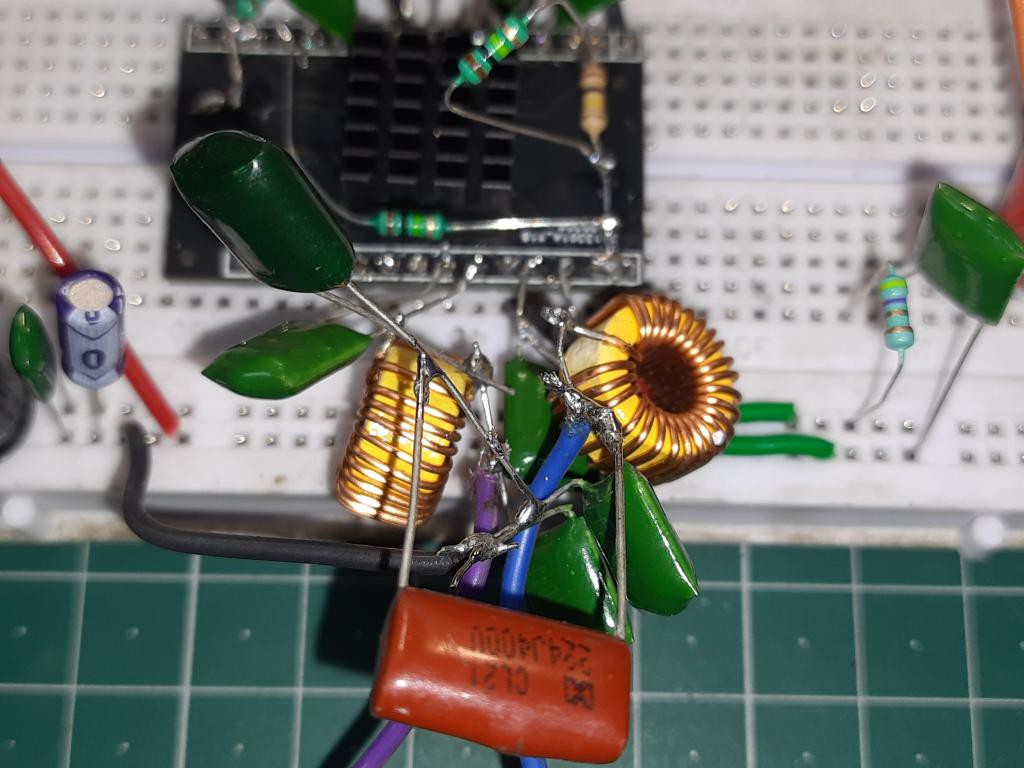
1) 100K and 20K resistors
2) 1uf, 220nf, 100nf, 10nf, 1nf ceramic or polyester film capacitors
3) 1000uf, 47uf electrolytic capacitor
4) 100uh-330uh inductor coils
5) 24volt SMPS @5amp
6) 50-100watt speakers
8) Preamplifier (Optional)
Circuit used:
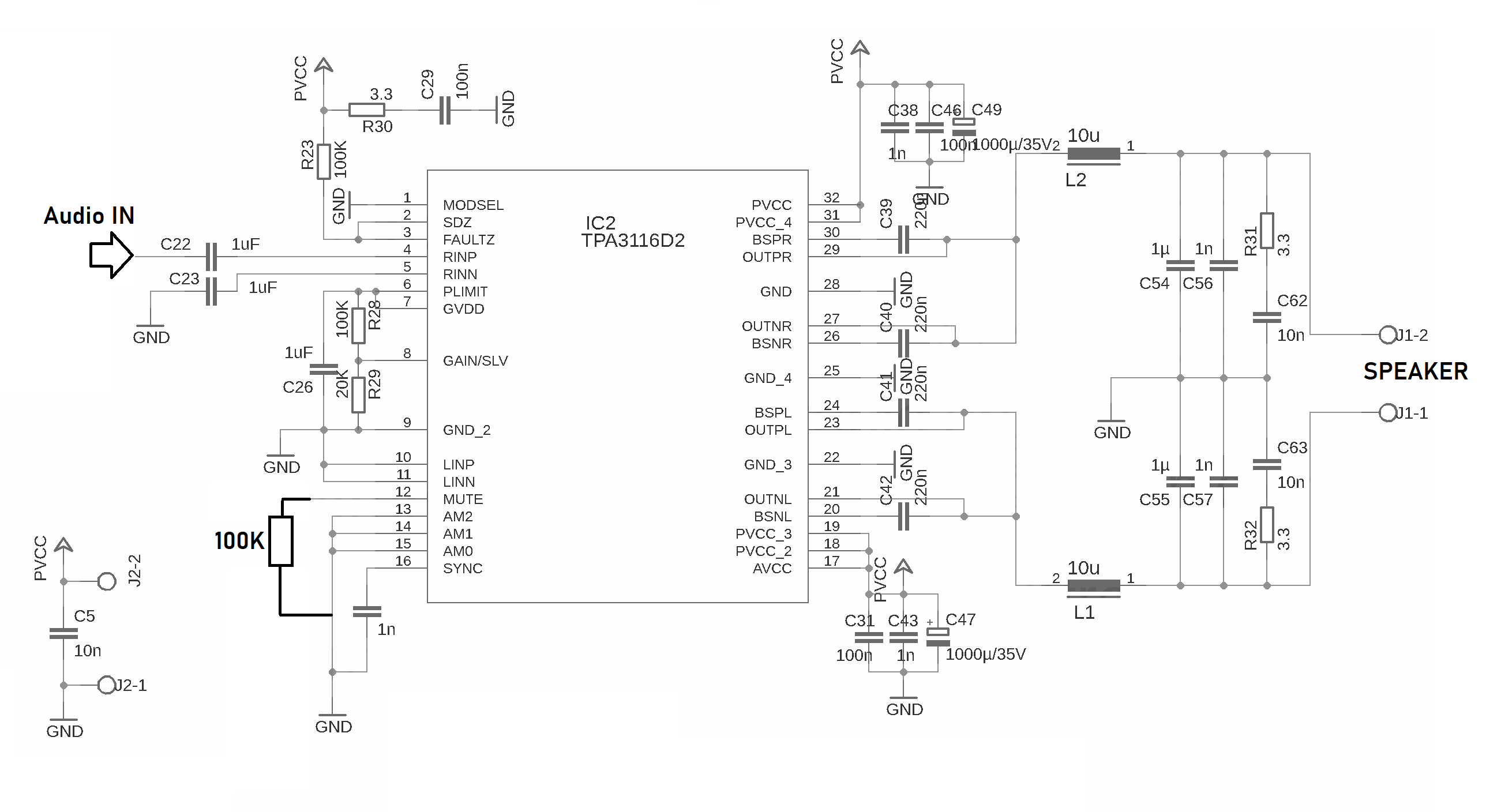
After trying a lot of circuits and checking the sound quality, noise, pop sound and amplifier response curve for gain. I designed this schematic in EasyEDA. Because this IC can work in both stereo and mono channel so I designed two compatible circuits.
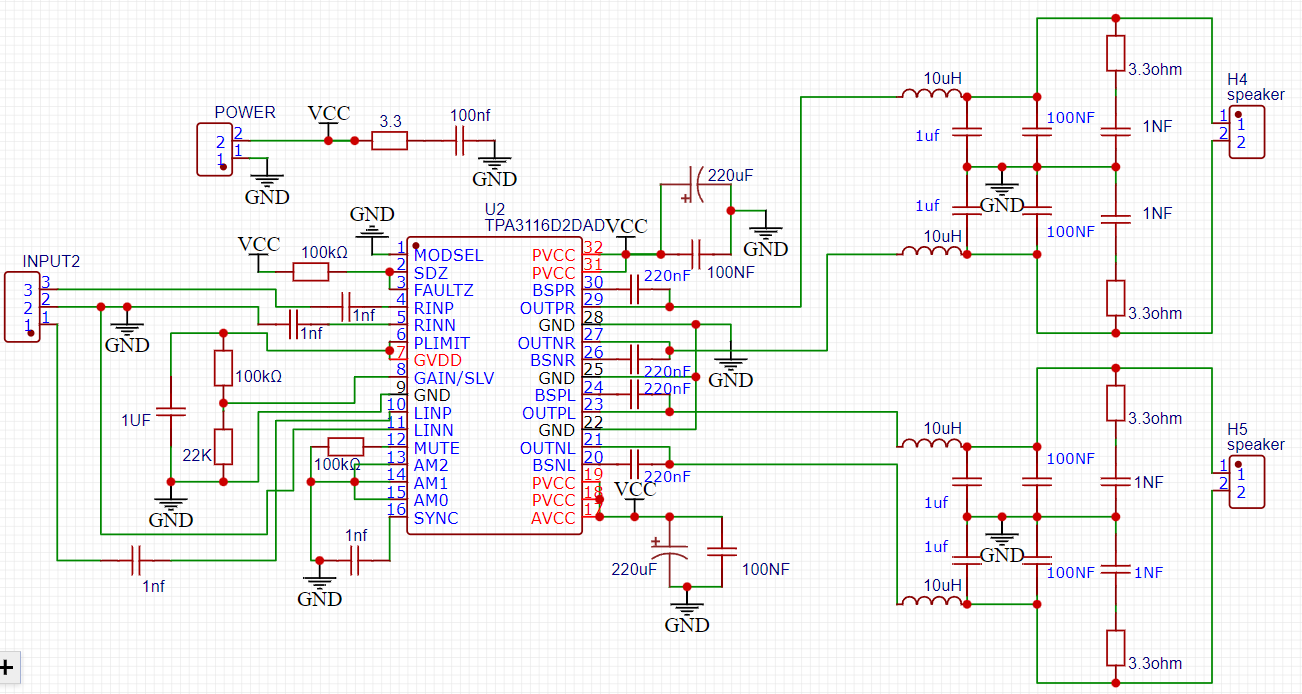
Which can be then modified into PCB (2 designs on a single board, which reduce the cost of assembly and overall PCB. I always use JLCPCB for my projects because they are providing standard PCB assembly, manufacturing and much more in very low price. Sign-up using this link and get $54 new user coupons. Checkout to JLCPCB right now and try best experience of PCBA.
Breadboard Circuit:

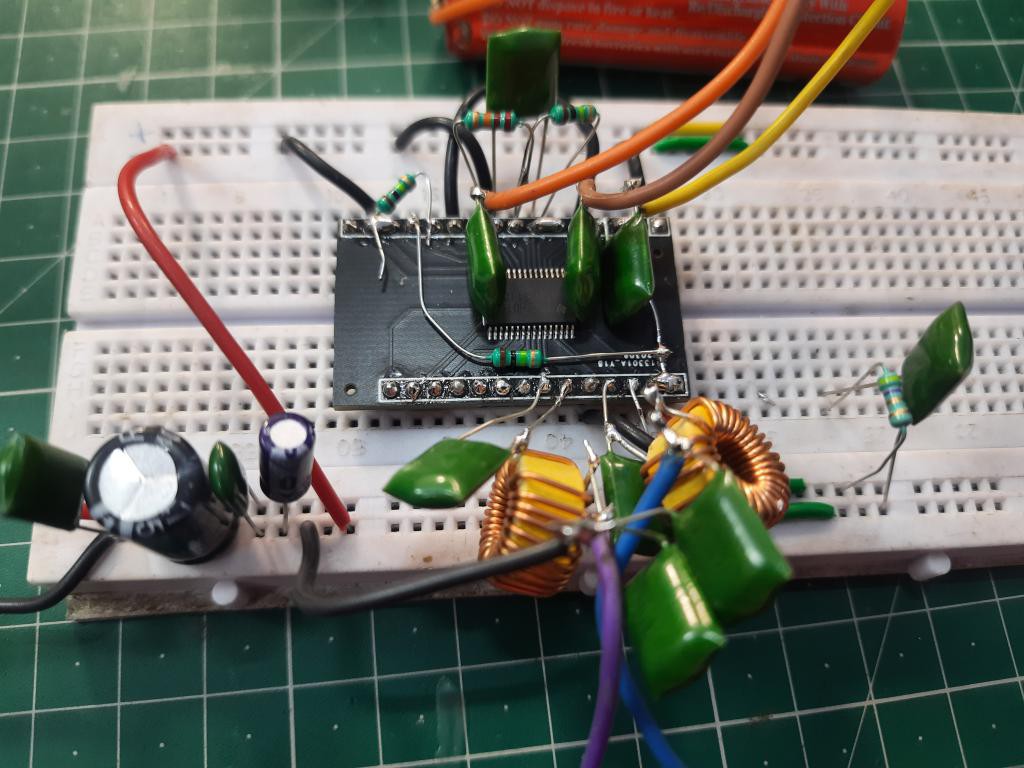
Breadboard schematics is designed as per circuit diagram shown above. I am using only 1 channel with a max output of 30watts. Which is used to drive one speaker only. All the circuitry is supplied with 12v @2amps.
Coil (L-C filter setup):
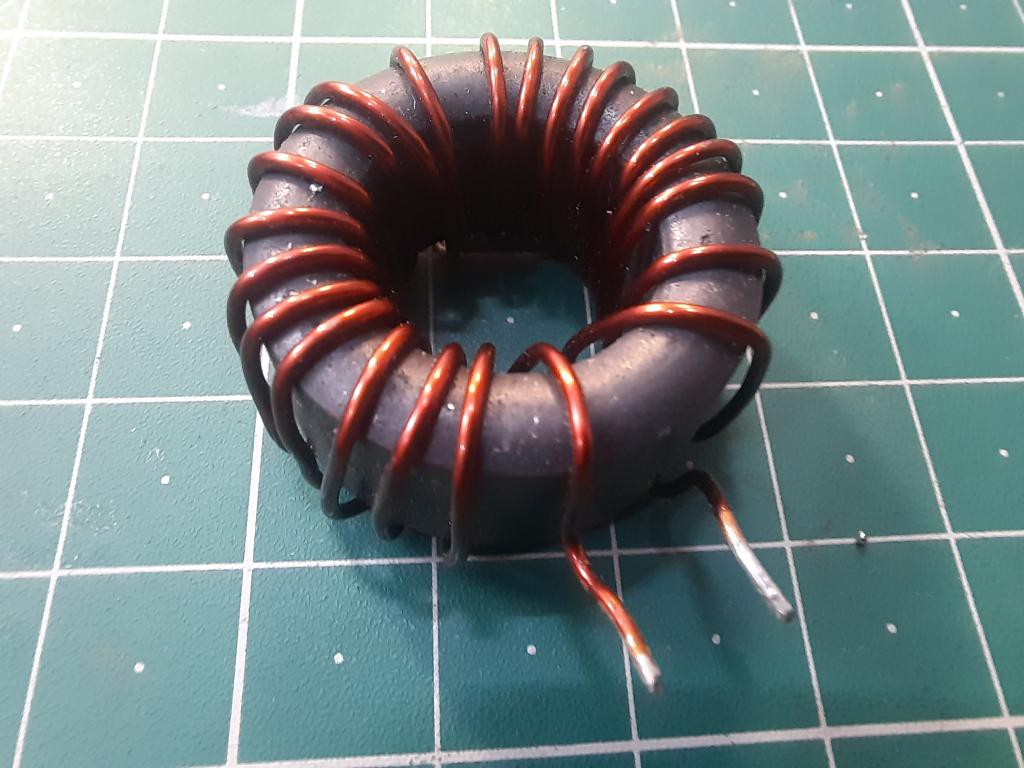
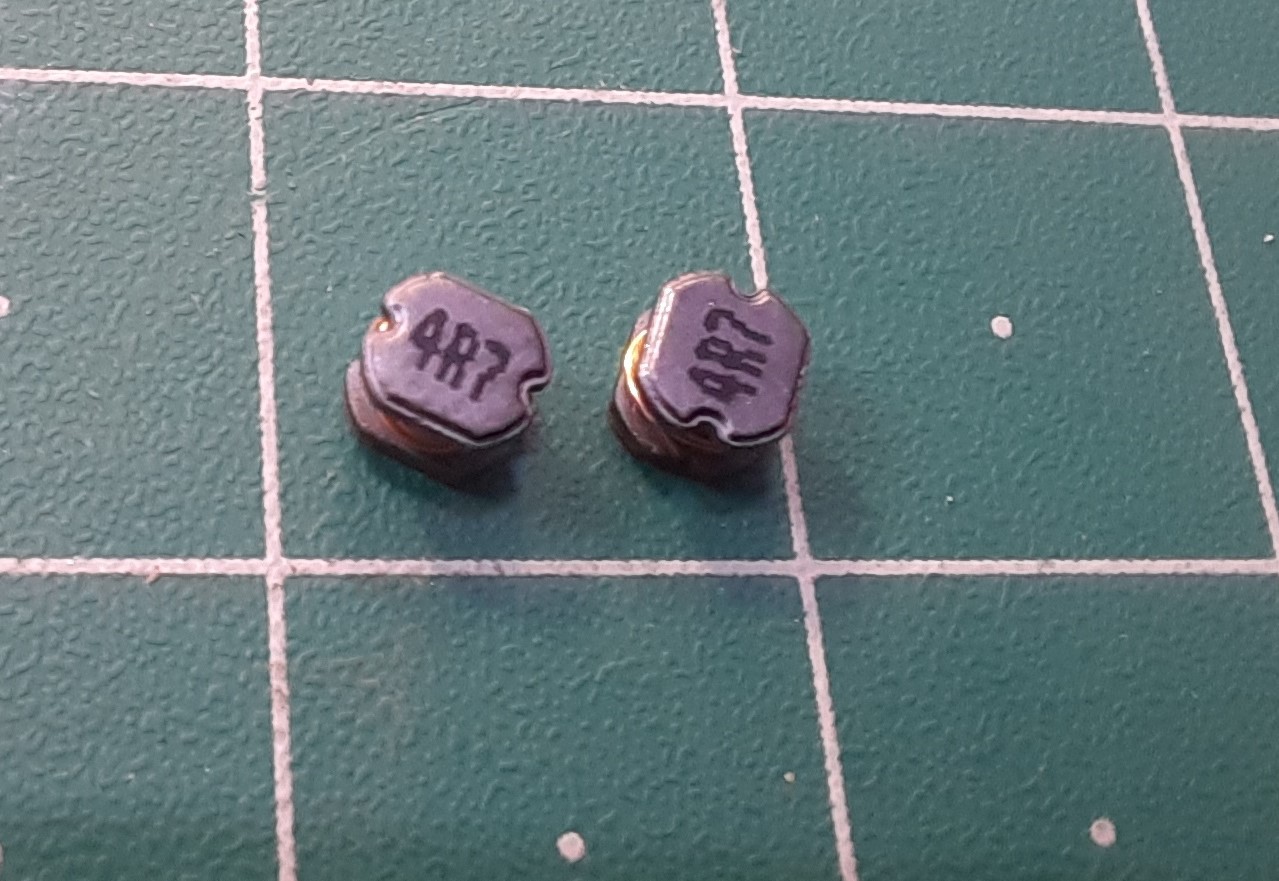
In the circuit 10uh is the recommended value of the inductor. But we can use 100uh to 330uh inductor in combination with a 220nf to 1uf capacitor for a better frequency response from the LC filter. This will reduce the overall noise and give a stable signal to speaker to tune accordingly with low, mid and high frequencies.
Heatsink assembly:
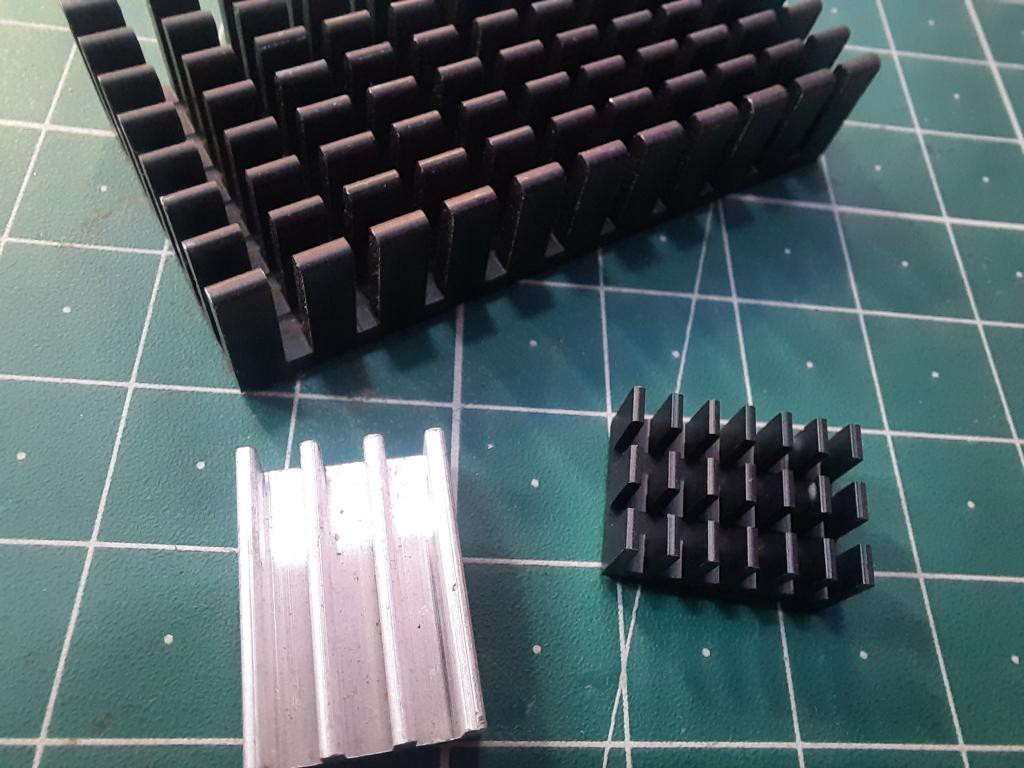
Because we are testing this amplifier in raw conditions with variable power supply unit and gain resistors. A heatsink is mandatory for that, IC may be generated heat in low load resistance conditions. This 3118d2 can output a maximum of 60watts or 30watt per channel without heatsink.
Power supply:

The working of class D amplifiers are discussed in previous article you can see that from here. Because we are using LC filter to reduce the square PWM into audible signal. That’s why a filtered power supply is recommended with these class D amplifiers. Either we can use a SMPS or High filtered DC supply for power input.
JLCPCB Assembled PCB:
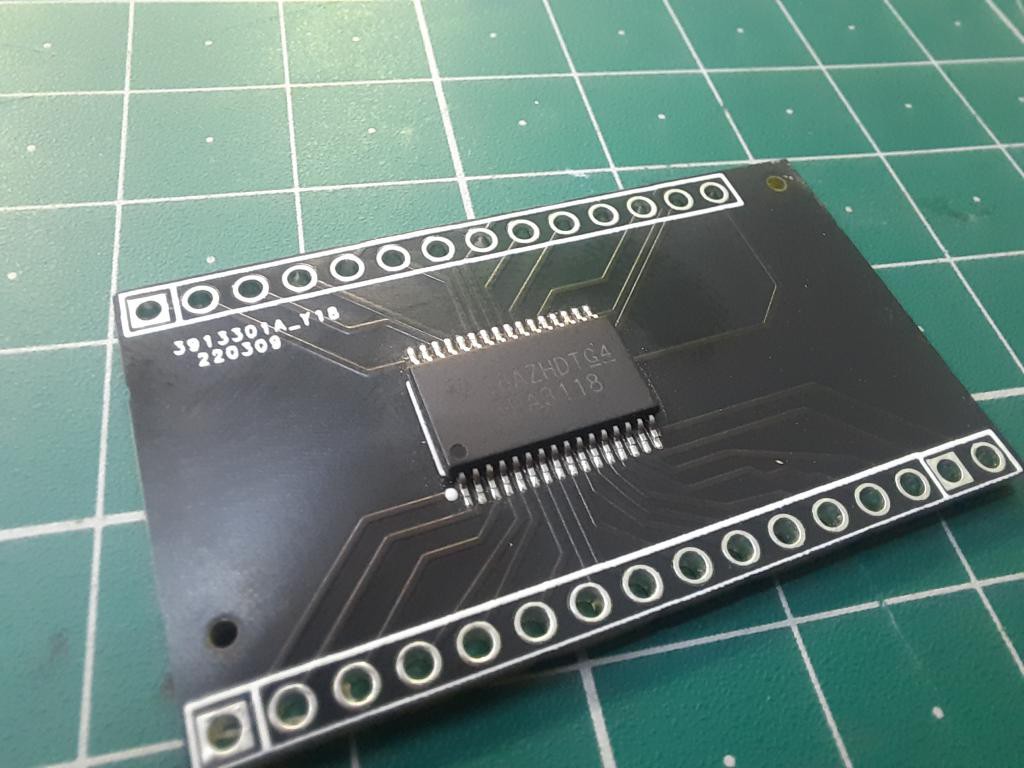
At my place here in INDIA, Class D integrated circuits are not sold separately. If I want to play with Class d then I have to buy a full amplifier system....
Read more » ElectroBoy
ElectroBoy
